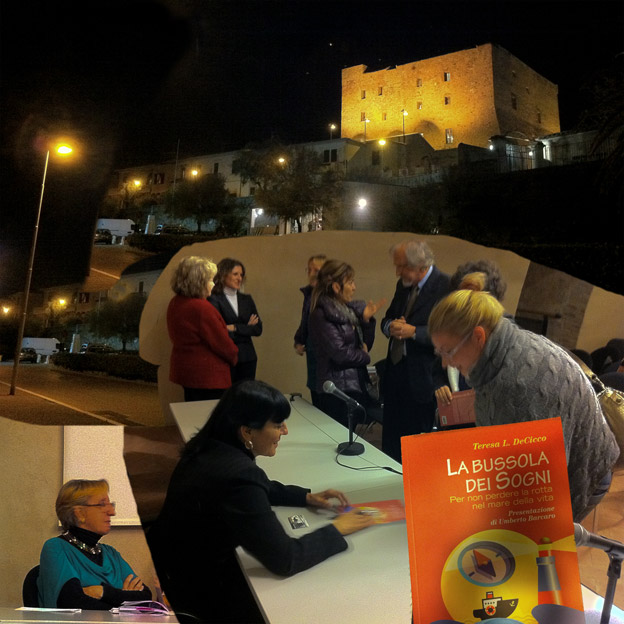Once we have worked with clients and patients with techniques 1-3, and having established a rapport with them, it may be appropriate to move them into the deepest level of dream interpretation. It is however, only appropriate when the dreamer is ready to delve into the deepest realm of the unconscious. It is here that life-altering insights can be had.
This level of dream interpretation occurs in a practice with relaxation and guided imagery. If this level of interpretation is to occur, then relaxation training must occur for several weeks prior to using the method, called Meditative Dream Re-Entry (DeCicco, 2008). One very good protocol is to introduce relaxation in the first week or two of therapy, which is always beneficial even if dream interpretation is not introduced. Once the patient is comfortable with relaxation and the three other methods of interpretation are being fully used, then guided imagery can be introduced.
Meditative Dream Re-Entry, is a guided imagery that leads dreamers back into a dream and allows it to evolve. This is one of the most profound and useful techniques for dream interpretation. The method allows the dreamer to access the vast and complex landscape of the psyche which only a portion is realized by conscious awareness. The Giant Compass (2009) illustrates how therapists and clinicians can guide their patients into the dream world with guided imagery. This must be used with caution however, because one does not want to move the patient too quickly into the unconscious without preparation and readiness.
When Meditative Dream Re-Entry is used, is has been found that many levels of discovery are possible: emotional, mind-body connections, relationships, and all other matters of waking day that are important to the dreamer. This is one technique that can help and guide both dreamer and therapist into the transformative potential of dreams.
Subscribe to:
Post Comments (Atom)


Questa mi sembra una sfida assolutamente appassionante : pensare e favorire la possibilità di modificare i propri sogni mi fà pensare alle antiche tecniche yoga per “entrare“ nei propri sogni e modificarli .
ReplyDeleteSe qualcuno ne sa qualcosa di più , sarei felice se scrivesse sull’argomento…
Credo che modificare i propri sogni (naturalmente se c’è la necessità) sia essenziale per il benessere psicologico e la psicoterapia ( e questa è una mia convinzione ) deve assolutamente favorire questa trasformazione . Per fare un esempio :
non può non avere sintomi psicofisici la persona che non supera la propria rabbia , il proprio rancore . Anzi crede fermamente nella colpa dell’altro. I primi monaci ne parlano come attacco dei demoni ,del diavolo e forse questo considerare il male come forza estranea dava a loro una maggiore possibilità di superamento rispetto alla nostra cultura che ha tanti strumenti per analizzare il male e così pochi per superarlo , lavorarci sopra e renderlo sempre meno potente..
Nei sogni credo che spesso il rancore sia rappresentato da immagini ( perlomeno per la mia esperienza ) di uomini o cose nere .
Credo sia fondamentale per stare bene che dai sogni della persona spariscano queste lugubri immagini e vengano magari sostituite da immagini di animali bianchi ( delfino , cavallo …) che possono passare come per caso , ma che di solito , quando appaiono , esprimono una componente sana ( e anche spirituale ) che si sta rinforzando.
As posted by Donatella, MDR is similar to the Yoga tradition of re-entering the dream. In both cases, the mind is in meditation and therefore, free of analyzing and controlling. The brain state is similar to that of sleep state.
ReplyDeleteMDR is an attempt to standardize the protocol so therapists, clinicians and workshop leaders can use it. In testing, we find that the biggest effect is with preMDR and postMDR emotions. The technique allows the dreamer to shift dark, painful emotions into lighter ones. In Donatella's example, the imagery changed from dark to light, which is often the case with this method. With emotions, we see guilt shift to joy, unhapiness shift to happiness and anger shif to love. Further research is certainly warranted as it appers that MDR is offering a very important source of insight for dreamers. Of course, it has done so since the beginning of time, but we are just now beginning to understand exactly how and why. Much work is yet to be done.